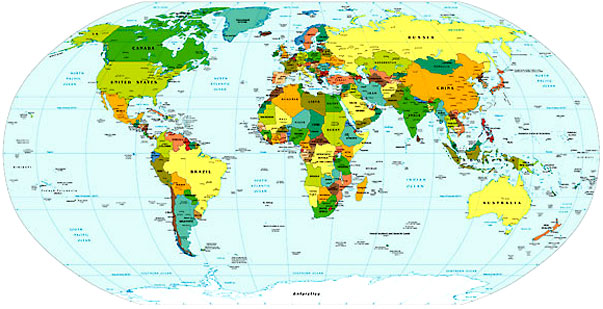 The Democratic republic of Timor-Leste gained its independence in 2002: on 20 May they celebrate Independence Day. As one of the nations closest to Australian, East Timor is a country that I have felt very conscious of in the last decade as independence became an issue.
The Democratic republic of Timor-Leste gained its independence in 2002: on 20 May they celebrate Independence Day. As one of the nations closest to Australian, East Timor is a country that I have felt very conscious of in the last decade as independence became an issue. East Timor’s independence has been a long process: in 1975 the country declared independence from Portugal (and 28 November is a public holiday too—known as Proclamation of Independence Day) but later the same year was invaded by Indonesia who occupied the country for a long time. In 1999 Indonesia relinquished control of the territory and in 2002 Timor-Leste became the first new sovereign state of the twenty-first century. Following independence the government requested the official name in all languages to be Timor-Leste, but most English speakers still refer to it as East Timor. In the Australian media, where the struggle for independence and subsequent history of the country have been a constant stream, the media always calls the country East Timor.
 Timor-Leste has been inhabited for at least 40,000 years—the earliest migrants were related to the indigenous groups of New Guinea and Australia. Around 5000 years ago, Austronesians migrated through the region, including Timor-Leste—they may have developed agriculture in the country. A third group, proto-Malays, arrived in the country too—I don’t know when. In the fourteenth century Timor became part of the Chinese and Indian trading networks.
Timor-Leste has been inhabited for at least 40,000 years—the earliest migrants were related to the indigenous groups of New Guinea and Australia. Around 5000 years ago, Austronesians migrated through the region, including Timor-Leste—they may have developed agriculture in the country. A third group, proto-Malays, arrived in the country too—I don’t know when. In the fourteenth century Timor became part of the Chinese and Indian trading networks. The Portuguese arrived in the sixteenth century, establishing an outpost in Timor. In 1769, when European occupation of the territory really started, the capital Dili was founded. The Portuguese provided very little by way of infrastructure for the island.
During World War II, the country was occupied briefly by Dutch and Australian armies: they wanted to preempt the invasion of the island by Japan. The Japanese arrived and drove the Australians out of Dili. At the end of the war, Portuguese control was reinstated until they began decolonisation in 1974.
It was only nine days after the 28 November declaration of independence in 1975 that Indonesian forces invaded. A guerrilla outfit—Falintil—fought against the Indonesians from 1975 until 1999. One thing that really interests me about the Indonesian occupation is that the Indonesians banned the Portuguese language (along with Tetum, the official language of Timor-Leste) in the country, and so Portuguese was used clandestinely, and became a symbol of resistance: one colonisers language was used as a kind of weapon against the new coloniser. The 1991 Dili Massacre brought international attention to Timor-Leste, strengthening support for an independent East Timor.
Though an independent Timor-Leste was recognised in 2002, tensions have continued—in 2006, for instance, riots broke out, which led to peace-keeping forces from a number of countries. In February this year, the president José Ramos-Horta was injured as the result of an assassination attempt during a failed coup.
A recent issue—as in much of the rest of the world—is hunger. 2007 saw a bad harvest, and the lack of food led to deaths in several parts of the country.
Today’s poem was written by the East Timorese Prime Minister Xanana Gusmão, the second poem of the project so far to be written by a poet who became a country’s leader. Gusmão wrote this poem while he was in Cipinang Prison.
My Sea of Timor
If I could capture between my fingers the sighs of the sea and share them with children
If I could caress with my fingers the wave's gentle breeze and feel the hair of children
If I could feel between my fingers the kiss of the foam and hear the laughter of children
If I could touch with my fingers the sleep of the sea and coax to slumber the eyes of children
If I could take between my fingers pretty little shells and make of them necklaces for children
Oh, sea of mine! why do you wait? why don't you give? why don't you feel? why don't you hear?
Immersed in my thoughts I was suddenly shaken From the sea, my sea, Out of the bellies of ships, tremors came
I looked at the erupting sky and the size of the sea were cries of agony the gentle breeze the smell of dust and blood the kiss of the foam the death-rattle the sea's slumber. The pebbles of the gravestone and the pretty shells traced the destiny of the Homeland!
—Cipinang Prison, Jakarta October 8, 1995
—Xanana Gusmão


No comments:
Post a Comment